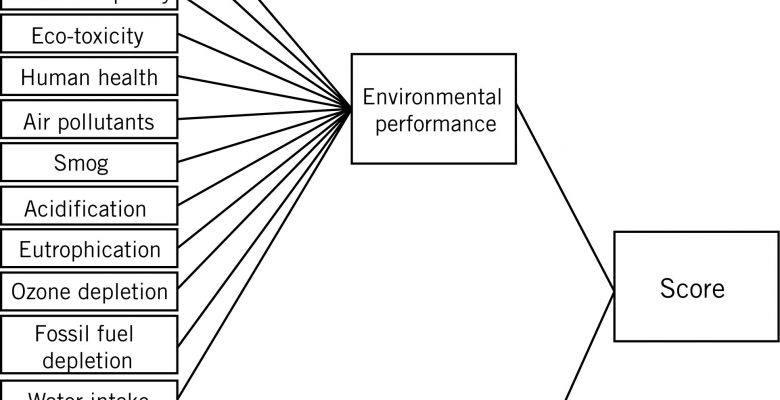The environmental impact of flooring materials is the aggregate of impacts of raw material properties and composition across all stages of the product life cycle including extraction, manufacturing, packaging and transportation, use and disposal. In this analysis, linoleum, vinyl composition tile (VCT), nylon carpet tile, composite marble tile, ceramic tile, terrazzo, cork and rubber flooring are compared. Life cycle assessment is performed for these selected materials, where both environmental and economic factors are examined. It is important to understand performance of various materials when design factors are changed. Therefore, this analysis compares environmental impact when design requirements are varied and material characteristics are constant. Past research is presented, where relative results generally agree among several studies. However, various methodologies have been utilized for lifecycle assessment with differing measurements for environmental performance, thus comparative analysis is not permissible. Economic factors have not been reported in previous studies, therefore, the primary objective of this study is to investigate environmental and economic performance of various flooring materials. Building for Environmental and Economic Sustainability (BEES) software is utilized to measure combinatory performance of the selected materials for raw material acquisition, manufacturing process, transportation, installation, use, recycling and waste management. Three scenarios are investigated, where initially equal weights are given to both environmental and economic factors. Second case is primarily associated with economic and third with the environmental performance. Results indicate that cork, linoleum and rubber flooring materials should be considered when environmental factors are the primary concern and when both environmental and economic factors are equally weighted.
This article originally appeared in Vol 02.01 of the Perkins+Will Research Journal. CLICK HERE to see the whole article.

